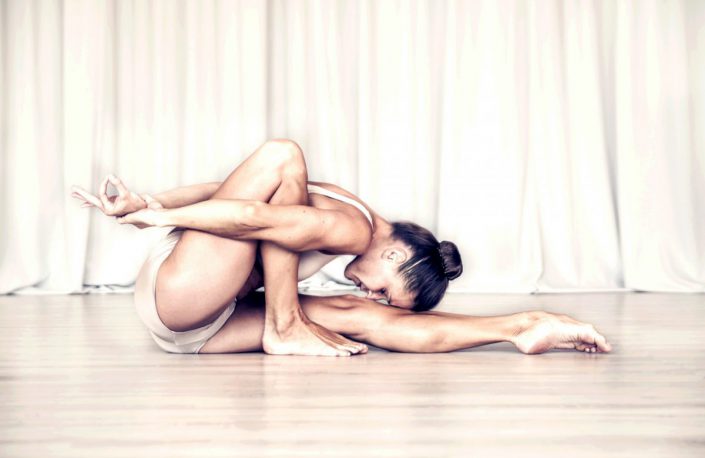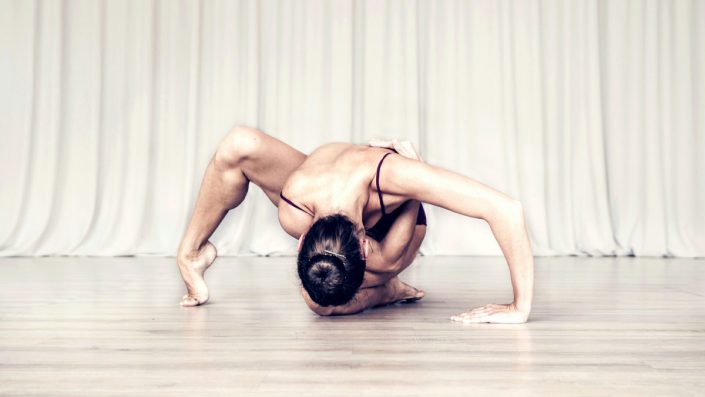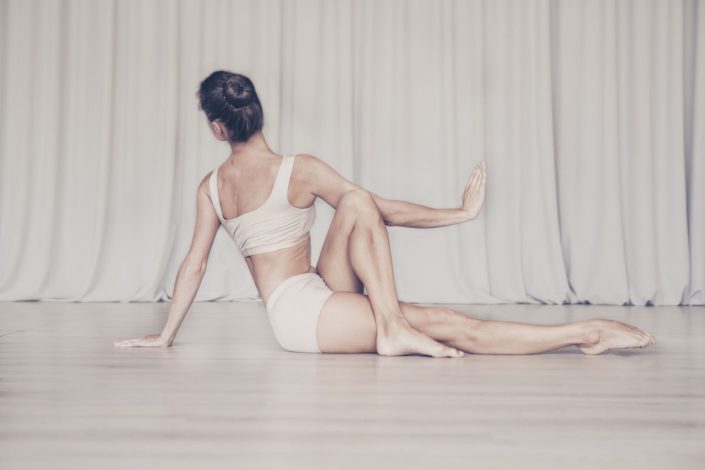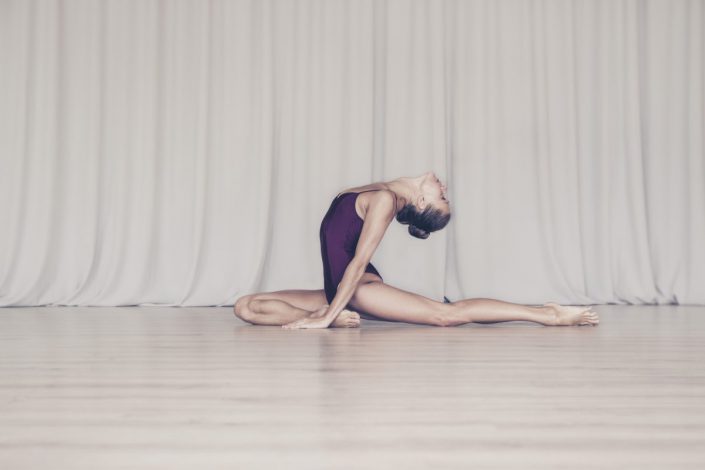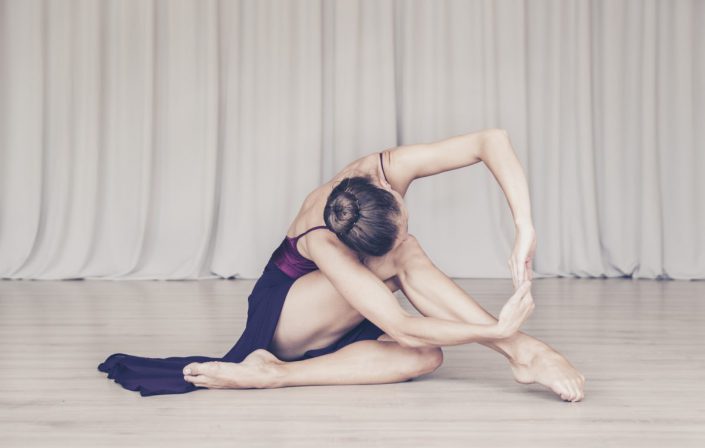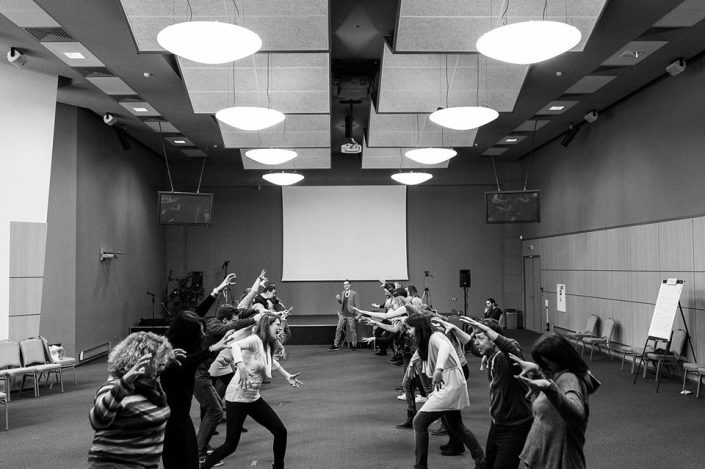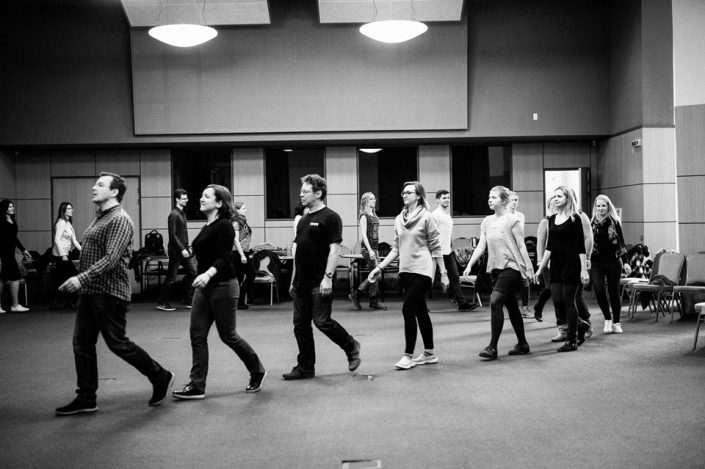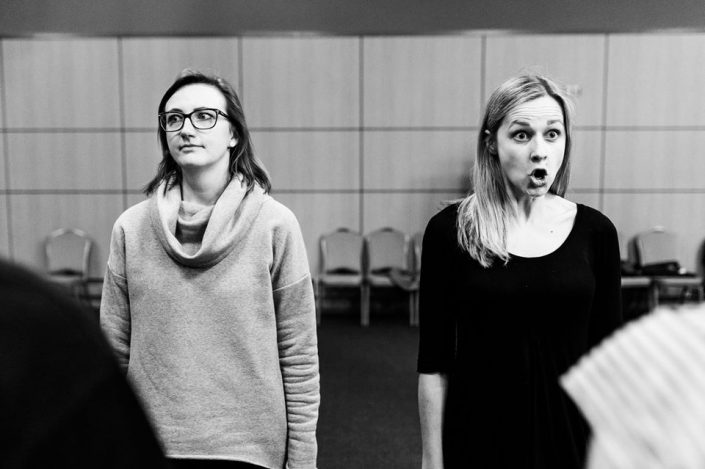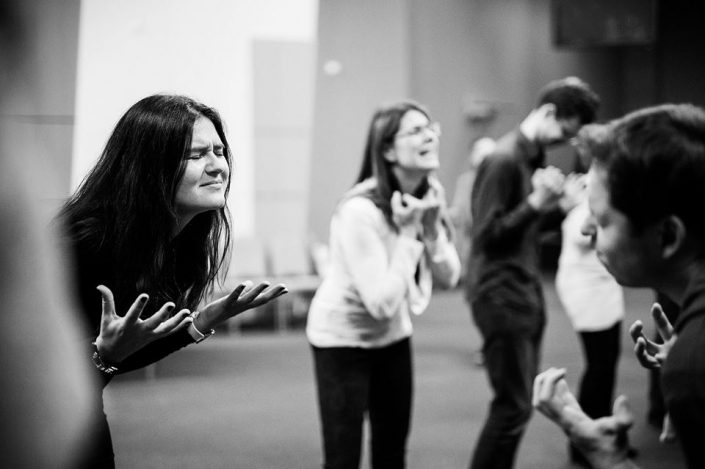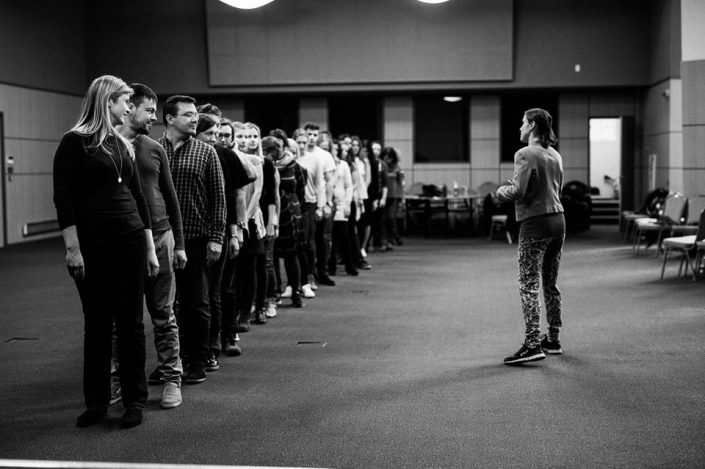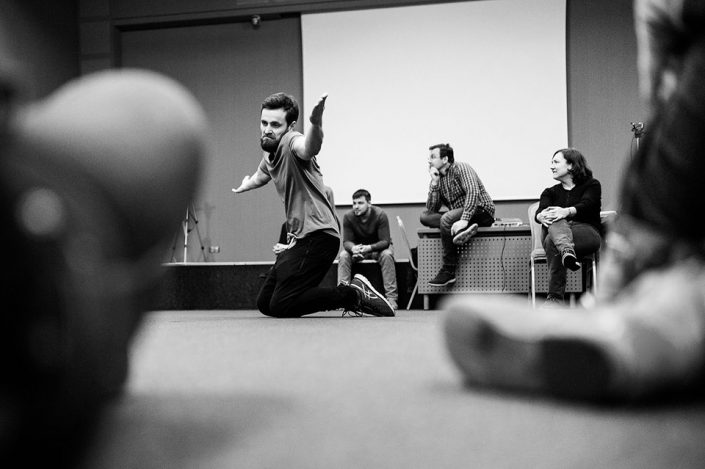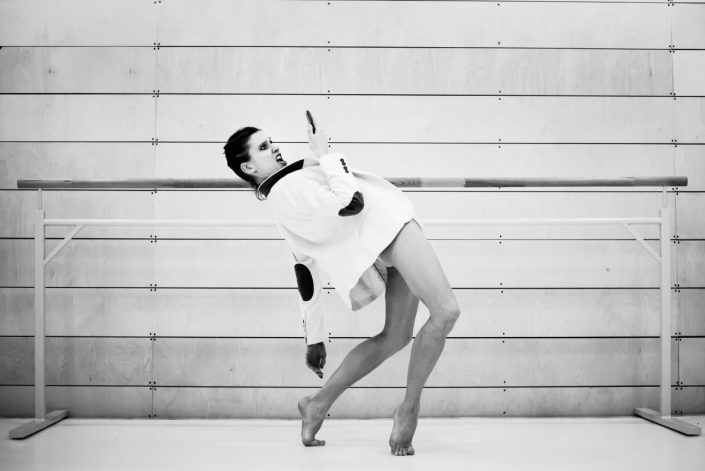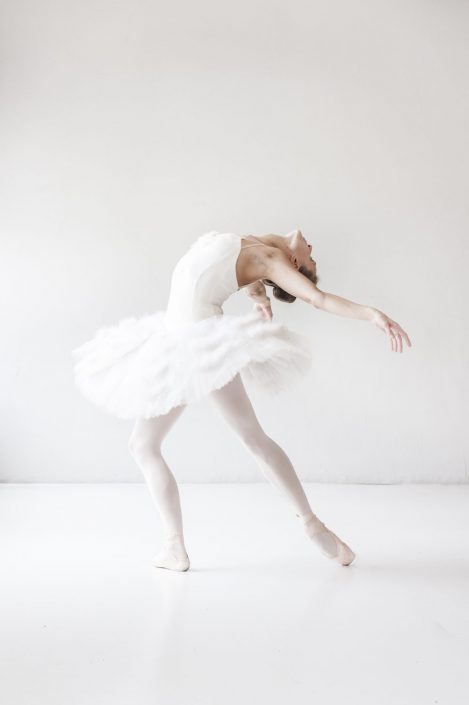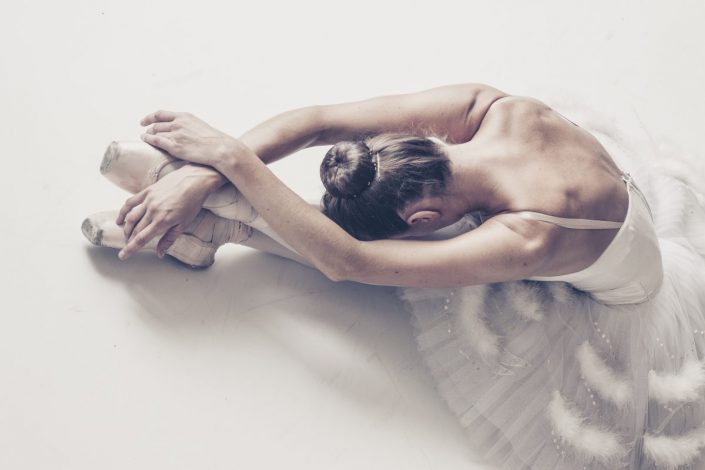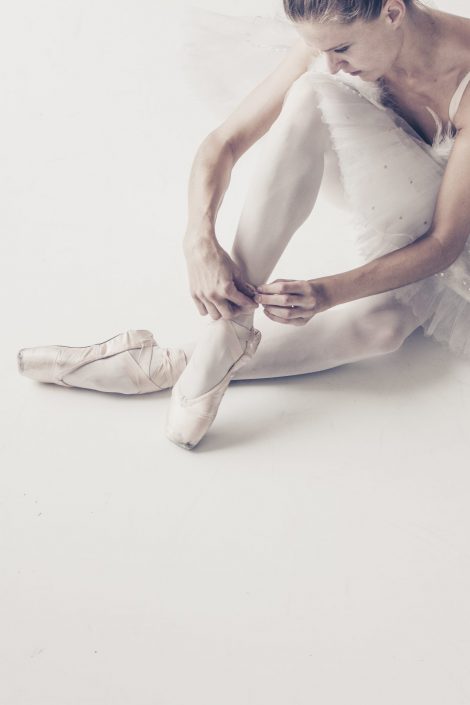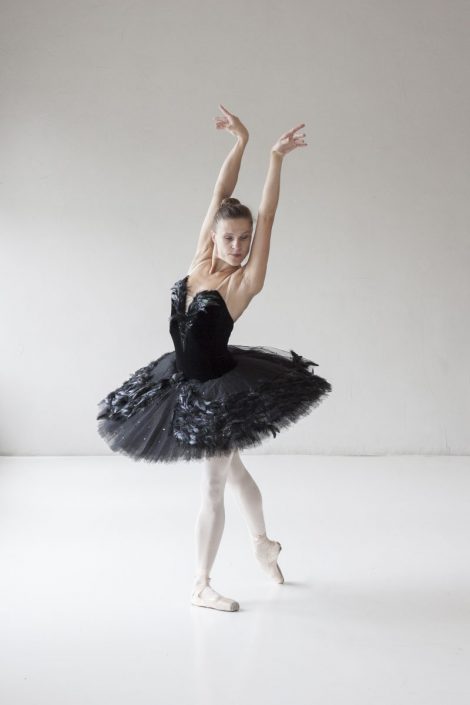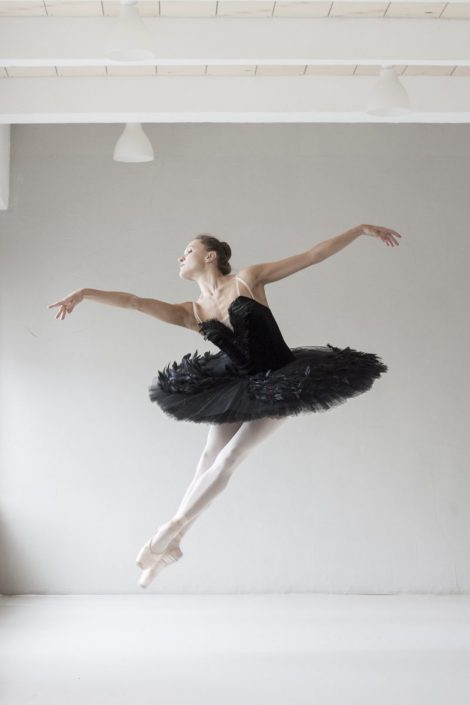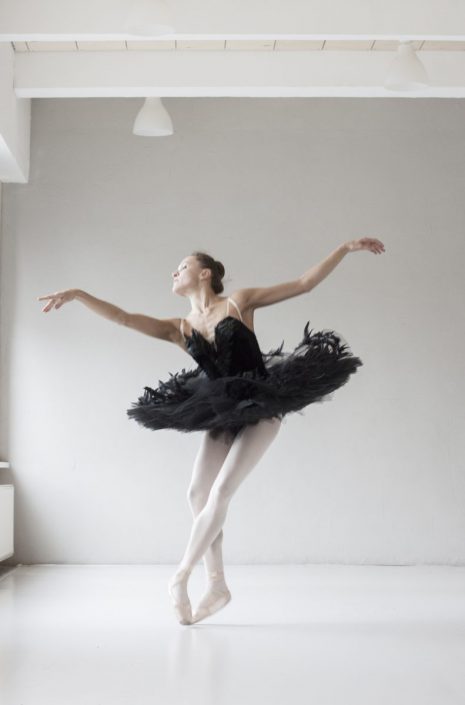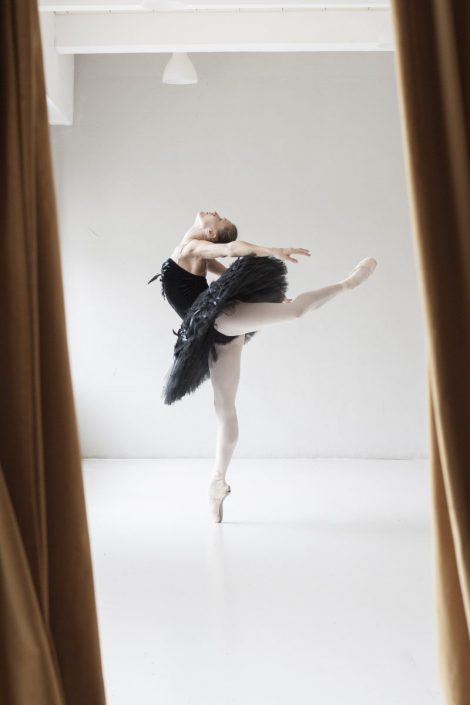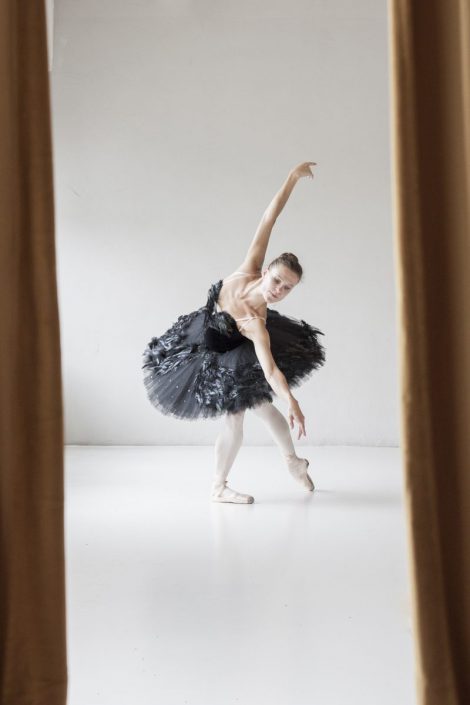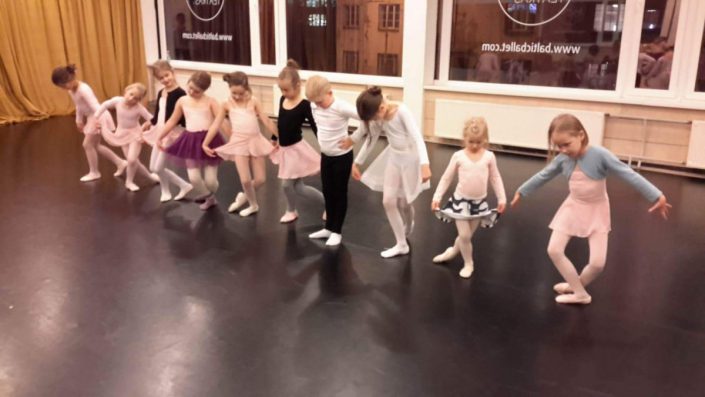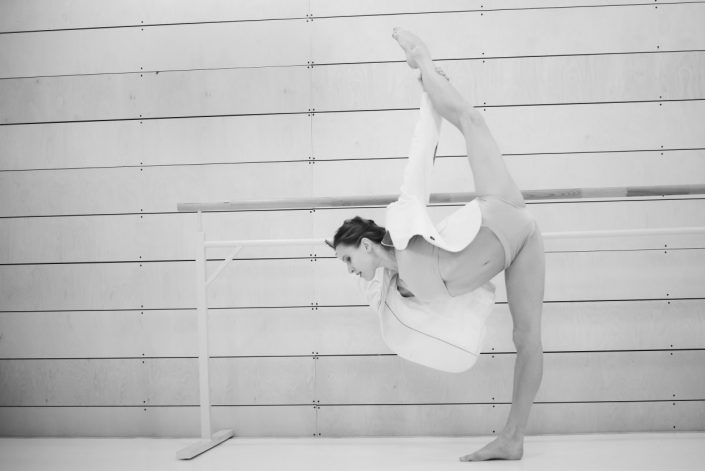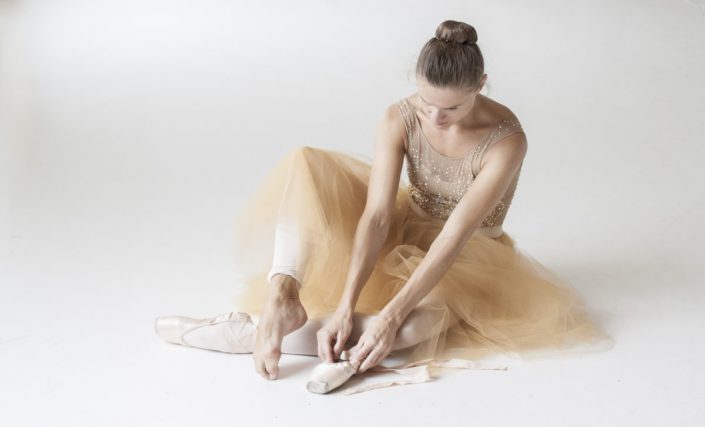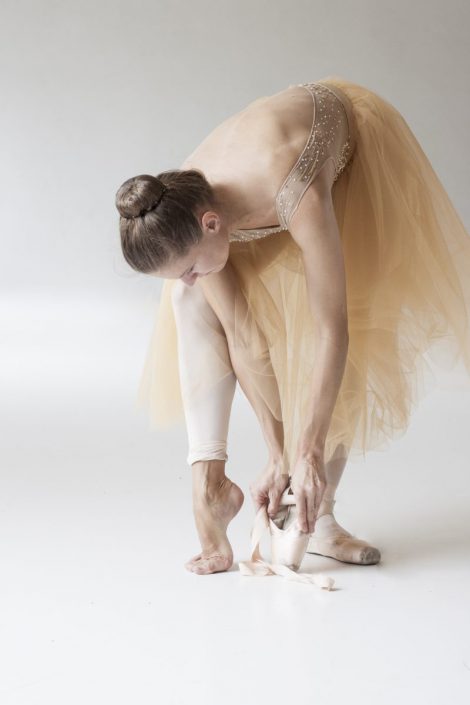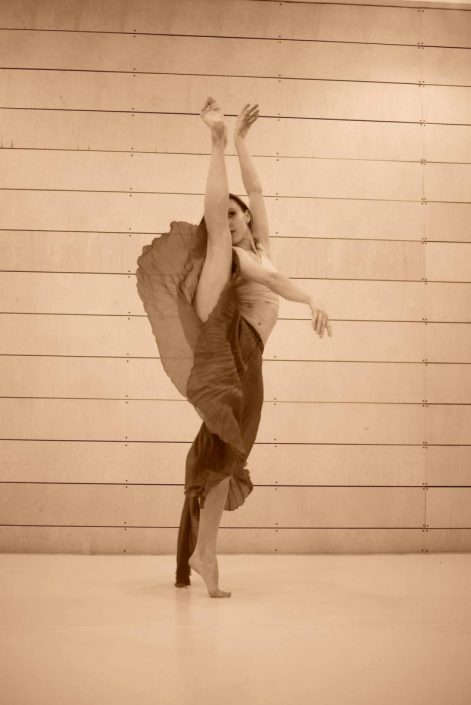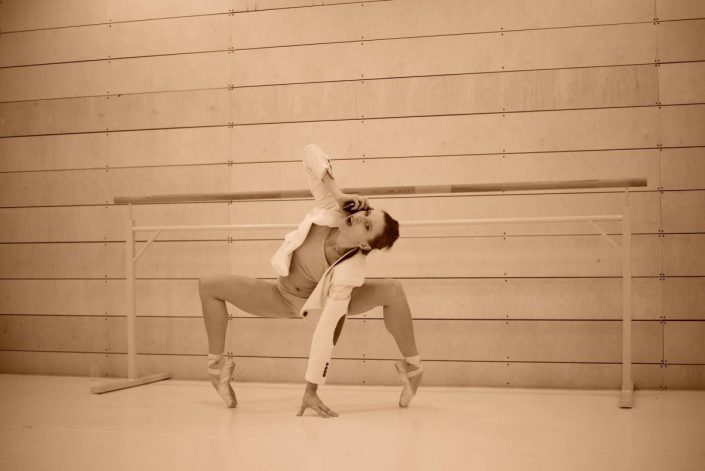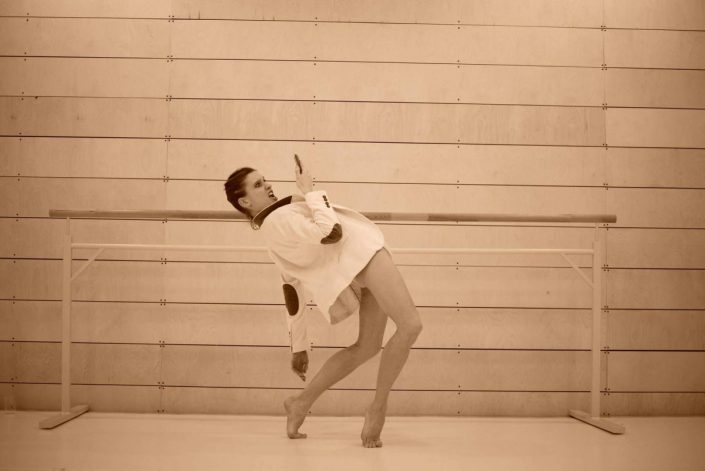BODY LANGUAGE. BASICS AND ADVANCED COURSE
We all know, that our body speaks. We must understand its language both in life, business and on the stage, shooting ground.
Does the interlocutor is telling the truth, does he agree with us actually, how he values us? How does he feel? How much information to provide? Force to the corner? How to present yourself correctly? How to avoid false signals? What are the main signs of lying? The basics of body language can help answer all these questions.
During extended workshops, participants are filmed by the cameraman. In real-time, we analyze the body language of each person, receive non-verbal theoretical information, perform various tasks, learn to present ourselves practically.
The module, duration, and place of the workshop are mobile for individual needs.
BODY LANGUAGE. WIDER COURSE
The broader body language course combines practice with a camera, body language cognition, and self-observation in the frame. You get more theoretical part of the non-verbal communication, more practical physical exercises are provided.
The duration of the seminars is chosen individually.
Topics:
- Presentation of body language, origins of the topic.
- The theoretical part of body language.
- Individual improvisation exercises with a camera.
- Adaptation of self-analysis and body language during task by examining a colleague.
- The rest of the body language theory points are evolving.
- Review of the video material on the body language theme. Review of documentary work related to body language themes.
- Application of the theoretical part of body language by researching a colleague during the task. Observing gestures, mimics, postures of another person. Communication involves learning to understand verbal and non-verbal combinations.
- The analysis of individual exercises performed with the camera.
The length and place of seminars are mobile to individual needs. There may be an extended course of a few months, as well as the cycle of a few days.
Private courses of body language (non-verbal communication) are also provided.
For Singers
Individual and group lectures are provided. Designed for both opera and pop singers and other performing artists.
During lectures is learned: to feel free on stage; to move freely during the performance; to present an existing material artistically; to be able to analyze musical and plot storyline; a person learns to manage, control, and fully „awaken“ his or her emotional expression; if necessary, the stage form is selected, as well as visual for the performed work (works).
The main goal – to release the physics and bodily emotions of the performers.
FREE BODY, SENSATION OF THE SPACE, SHIFT OF EMOTIONS.
Part I of the seminar. Free body.
The special exercise with sequence – for waking the body, sensation, as well as free stabilization of axis.
A set of stretching and relaxation exercises ranging from head, neck, hands to legs, feet, and whole-body sensation. This exercise is for people without active physical training.
It is a series of sensitive exercises, aiming to feel the body parts calmly and at ease, relieve tension in the neck and spine. A series of cushioning exercises, the removal of stiffened areas from the body, and relaxation not only physically but also mentally. A free-body leads to a free psyche, which is of utmost importance to any person seeking professionalism in their presence, and in the technique of performance.
The goal – to prepare the body for a free and restless state of any kind of action.
Part II. The sensation of space and partners.
Sequence development of contact with the environment, current location, partners, and things.
Teaching how to properly use, freely as well as qualitatively be in different spaces, while working with various partners, skills, and circumstances.
Different tasks are done in pairs, in specific groups, and in bulk.
There is also an emphasis on the partner’s ability to partner, which is unavoidable in many situations. Contact improvisation is based on the interaction of two or more people simply following a changing point of contact. Each person has an individual, unique movement style, which is why in contact improvisation people come together in one space to create an improvised movement, which can be called dance. During this part of the seminar, the basics of contact improvisation will be introduced. Also the basic tasks of partnership and various games with space.
The aim is the importance of group participation, stage layout and the sense of partner (contact with him), the differences between personal and common space. Analysis of actions and reactions.
Part III. Shift of emotions
A series of improvisational exercises that emphasize the emotional change of the face and body, their importance during partnership and teamwork. In the course of all this, there is a process of knowing and liberating the physical and emotional presentation of the body.
A person has many kinds of emotions out of which there are 50 basic i.e. anger, fear, amazement, disgust, hope, joy, pain, etc… It is these emotions, and their sudden or slow change, that supports special tasks that include paired and group exercises. They present unexpected situations that prevent participants from thinking but rather act spontaneously in a second, to develop the ability to develop and awaken self-contained surprises, to be able to release them and to use them purposefully at the right time and place. The tasks emphasize not only the work with the face, but also put the whole body into a seamless emotional discharge. Which is of immense importance to every artist, especially the singer. Because the text, both vocal and poetic, is sometimes blocked by the performer. The purpose of these exercises is to make a synthesis of technical self-expression with emotional. Connecting the musical spiritual line with the physical as well as the mental. It is the development of mesmerizing performance, emotional and non-verbal mastery.
The goal is the freedom of the physical and emotional states of the body, the progression of artistry, the development of individual fantasy, the ability to be with partners that are “here and now”, situations and tasks, control of extreme states, synthesis of spiritual and physical performance.
Dance, Ballet – The Philosophy And The Meaning Of Movement
I –
Group and individual lectures are provided to dancers (of all ages) performing roles of one style or another, as well as various types of choreographic numbers. For artists, teenage contestants, and other dancers who want to understand and make sense of the realization or creation of an existing character.
The significance of the sense of motion performance and philosophy is inseparable from the unified quality of being on stage, without exaggerating the ONLY technical performance. Nowadays dance is becoming more and more like a sport – The goal is to avoid it. Being not only a dancer but also a performer. In the field of dance, aspects like analysis, philosophy, and psychology are quite often overlooked.
The purpose of these lectures is to give meaning and emphasize every movement, gesture, gaze, emotional conveyance, and symbolism of music. During the analysis and a series of special exercises, the performer will understand why certain physical compounds are performed. Students will be able to analyze them and present them in a philosophical and meaningful way.
II –
Special exercise classes are provided in groups and individually.
Marija Simona Šimulynaitė danced ballet, nonclassical ballet, modern dance professionally at the theaters in Lithuania and foreign countries for 24 years. Over the years, based on many years of physical practice, a special, self-created exercise has been crystalized, which is backed by a set of stretching, yoga, and relaxation, and relieving, spiral based exercise.
Marija Simona Šimulynaitė, 24 years professional dance ballet, neoclassical ballet, contemporary dance, Lithuanian and foreign theaters. Over the years, based on years of physical practice, a special, self-created exercise has been crystallized, which is backed by a set of stretching, yoga, relaxation, and relaxation-based spiraling exercises. According to the director-choreographer, to activate every-day body tonus and for a good mood, this is the most acceptable. Marija herself practices this exercise every morning, constantly improving it.
The goal is to feel comfortable after exercise. To move parts that are often stiff, due to the static nature of the work, to feel free, unrestricted and elegant.

